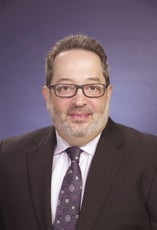
Human service nonprofits hustle to create sustainable sources of income
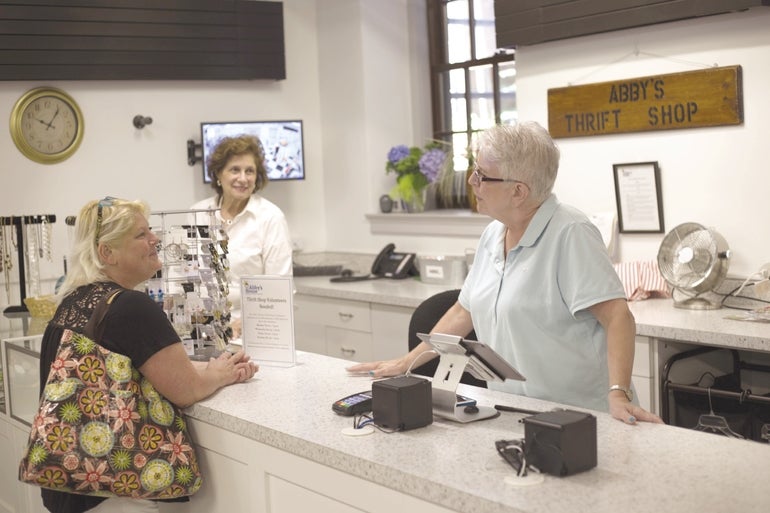 Photos | Courtesy of Abby's House
Like many other nonprofits, Abby's House in Worcester runs its own thrift shop in order to generate revenue for its mission.
Photos | Courtesy of Abby's House
Like many other nonprofits, Abby's House in Worcester runs its own thrift shop in order to generate revenue for its mission.
Usually, the choice to enter the nonprofit world is based on a calling.
The decision to pursue charity work as a career – instead of something more lucrative like banking and finance – is often motivated by a strong urge to serve a cause or pursue some type of social justice.
But nonprofits are still businesses. In order for charitable organizations to offer free or discounted services to the community, pay staff, and keep the lights on at owned or rented properties, they have to make some sort of money.
Local organizations do that through various mechanisms, including individual and corporate donations, yearly galas and events, and, in some cases, outside businesses generating revenue specifically for nonprofit programs.
“They’re always looking for ways to become sustainable, so they can help people in the community, because that's the bottom line for all of us,” said Rick Cohen, chief communications officer and chief operating officer for the National Council of Nonprofits in Washington, D.C.
How are nonprofits funded?
Although the term nonprofit is commonly associated with charitable organizations, the actual U.S. Internal Revenue Service definition can refer to a much wider net, like churches, hospitals, and schools, according to a report from the National Council of Nonprofits.
The national organization, Cohen said, has more than 30,000 members. According to the report, which cites IRS Form 990 data from 2016 made publicly available in 2018, the U.S. has a total of 1,298,348 charitable nonprofits and 126,678 private foundations. Of those, 88% of nonprofits have a budget of less than $500,000 per year, and 97% have annual budgets of less than $5 million.
Even though nonprofits have to generate money to survive, it’s not a business where funds are often easily available. About 50% of national nonprofit organizations have less than a month’s worth of cash reserves on hand.

Jonathan Cohen, vice president for programs and strategy at the Greater Worcester Community Foundation, said nonprofits generally rely on a mixture of donations, grant funding, revenue generation sources like rents, and even endowments, if they’re lucky enough to have one. An endowment is money set aside to grow over time for the organization’s long-term financial stability.
Many organizations, Jonathan Cohen said, rely on grant funding as a major source of revenue. GWCF itself gives out grants to local organizations. While grants can be a great source of revenue, they can be a bit fickle, he said, depending on where they come from: Government grants, for example, can easily be eliminated from a state budget.
The needs of different organizations are going to depend on their growth, he said. For example, during the COVID pandemic, GWCF was introduced to several organizations it had never worked with before.
“They were managing with a circle of donations or revenue. But costs go up, you aspire to deliver more services, and if you’re involved in work that can cost money, you need more money,” he said. “It starts with what you need, then it’s about what you aspire to need, and then what you can afford.”
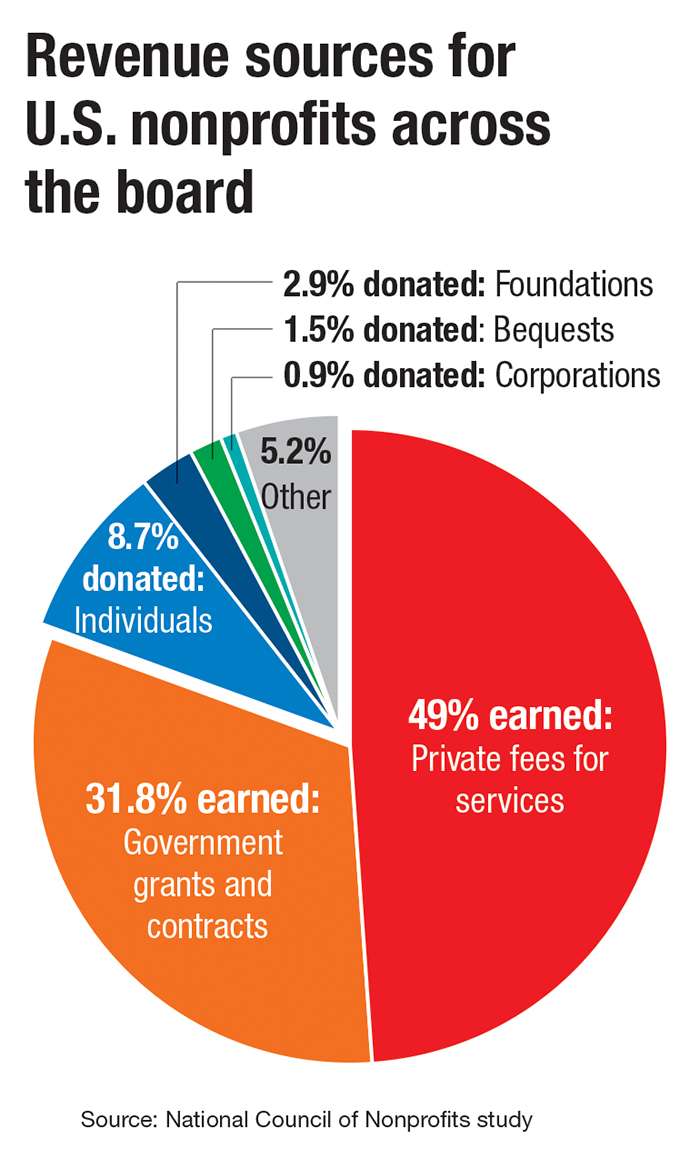
Local examples
One example of a nonprofit in Worcester grown greatly in the past few years is African Community Education, also known as ACE. The organization, which provides after-school education and social services to African immigrants, is expanding into a former charter school site at 51 Gage St. with the help of funds from a private donor. That contribution allowed ACE to pay the $1.8-million price for the building with cash, said Kaska Yawo, ACE executive director and co-founder.
ACE’s revenue in fiscal year 2021 exceeded $1.6 million, according to its annual report, a massive increase over its revenue of $618,787 in fiscal 2020. Yawo said the new building and donations are going to allow his nonprofit to expand its services to the local African community significantly.
The Worcester nonprofit Seven Hills Foundation, which provides support to people with disabilities and significant life challenges, actually owns an architectural firm that President David Jordan said helps fund Seven Hills programs. The nonprofit, which is the largest in Central Massachusetts, reported total assets of more than $262 million in 2021.
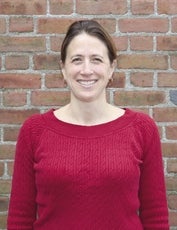
Abby’s House, a shelter, housing, and advocacy organization for women and children in Worcester, is a bit smaller in scale, Executive Director Stephanie Page said. The organization has a budget of $2.7 million.
Abby’s House’s biggest source of financial support is individual donations, Page said. Those account for 33% of revenue. Its other top sources are foundation gifts and grants (16%), fundraising events (11%), donated volunteer services (7%), rents from its 79 affordable housing units for those in its program (7%), corporate, religious, and civic donations (6%), and 13% from its thrift shop, a common mechanism used by nonprofits to generate income.
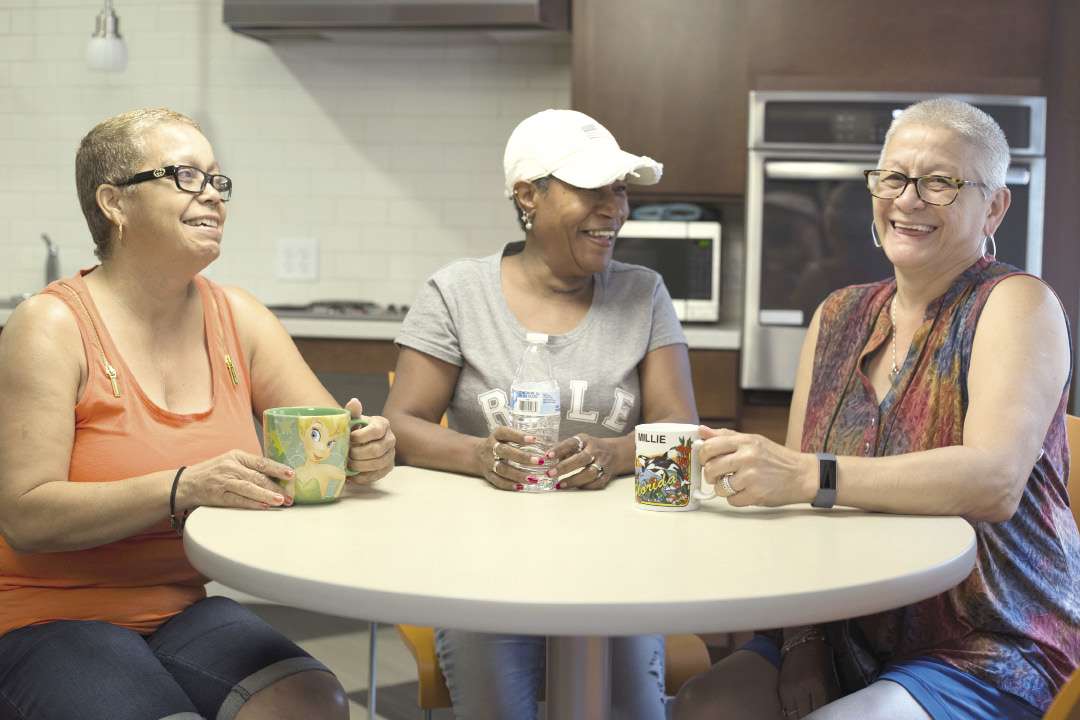
The organization doesn’t rely on any government funding, Page said, which she said allows Abby’s House to make decisions independently and outside of specific grant guidelines. Abby’s House is in the process of working towards building an endowment.
Every year, Abby’s House has a 5K run in October, which will be both in-person and virtual, and its annual Spring-Tacular celebration in May.
Every donation – from large recurring gifts to one-time contributions from individuals to in-kind offerings of things like food or laundry detergent – is essential to the function of Abby’s House, Page said.
“We recognize that there will be donors who might not be able to give as they really want to give as their costs increase, but I also know people will do what they can do,” she said. “We always remain grateful for what people can do. We try to remain flexible and nimble and be able to use resources in the very best ways possible for the mission.”








0 Comments